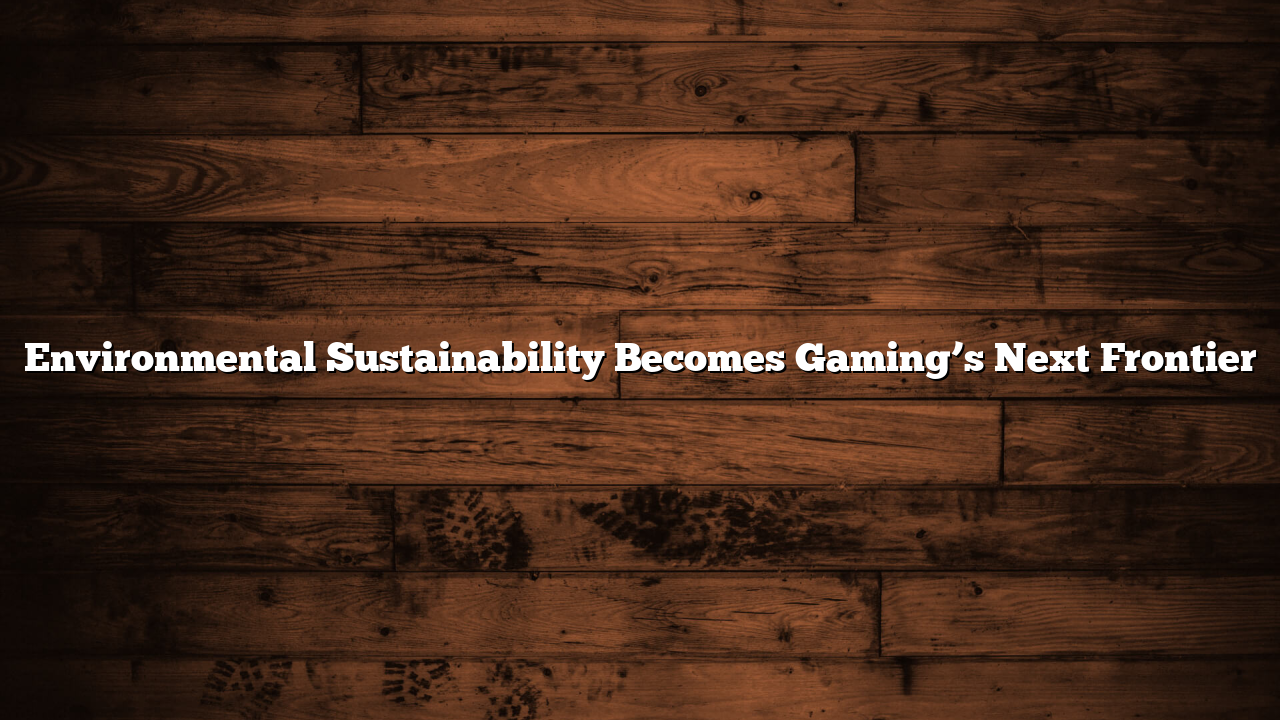In 2025, the gaming industry is confronting a new challenge: sustainability. As data centers expand, hardware production increases, and cloud streaming grows more energy-intensive, companies are under pressure to minimize their OTPKLIK environmental footprint.
Sony, Microsoft, and Nintendo have all announced ambitious green initiatives. Sony aims to achieve carbon-neutral console production by 2030, while Microsoft has pledged to make its entire Xbox ecosystem “climate positive.” Nintendo’s next-generation system will feature 90% recycled materials and energy-efficient components.
On the software front, studios are incorporating sustainability into operations. Supercell, CD Projekt Red, and Riot Games now invest in carbon offsets for digital distribution. Many have joined the UN-backed Playing for the Planet initiative, which coordinates global action toward greener development and awareness campaigns.
Players are also changing habits. Digital purchases now account for over 85% of global sales, reducing plastic packaging waste. Cloud gaming, while resource-intensive, is transitioning toward renewable-powered servers. Google and Microsoft have committed to 100% clean energy data centers by 2027.
Yet challenges persist. The carbon cost of high-resolution streaming and blockchain-based games remains controversial. Experts stress that innovation must balance convenience with conservation.
“The future of gaming isn’t just about pixels and power,” said a Ubisoft sustainability officer. “It’s about responsibility.” As gamers grow more eco-conscious, sustainability will no longer be a PR strategy — it will be a core expectation.
The next generation of players won’t just ask if a game looks good — they’ll ask if it’s good for the planet.
